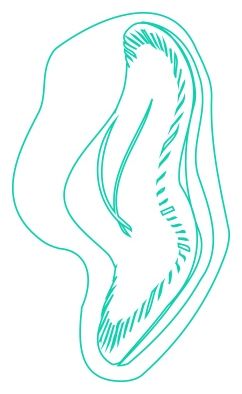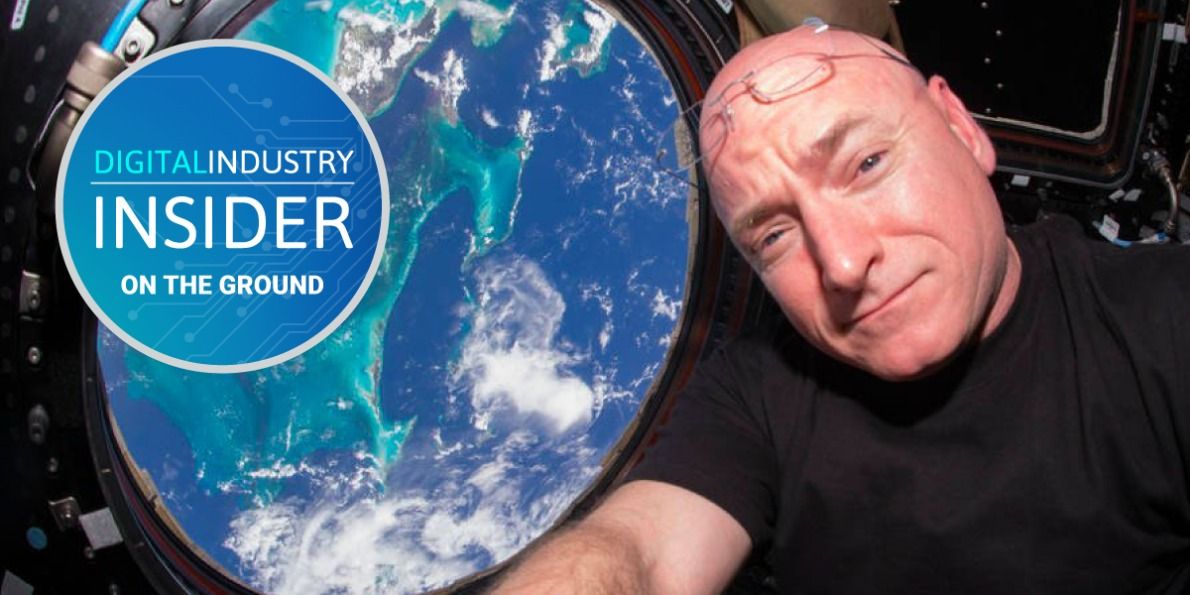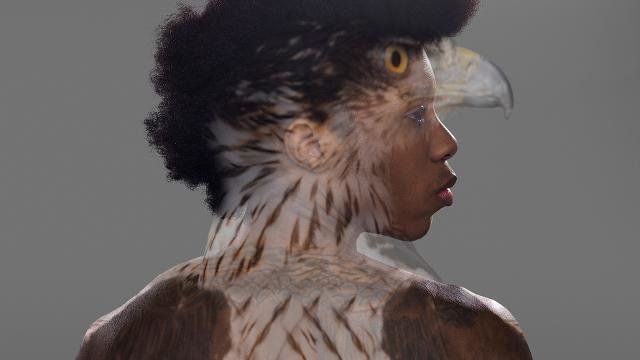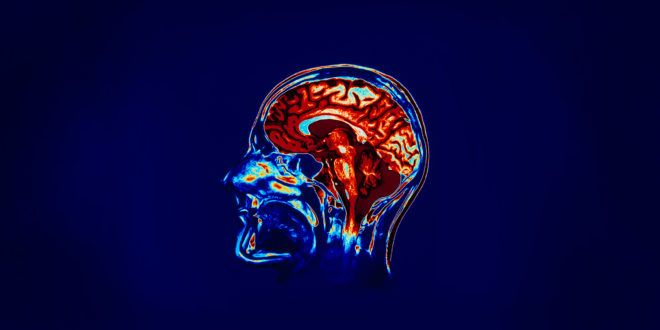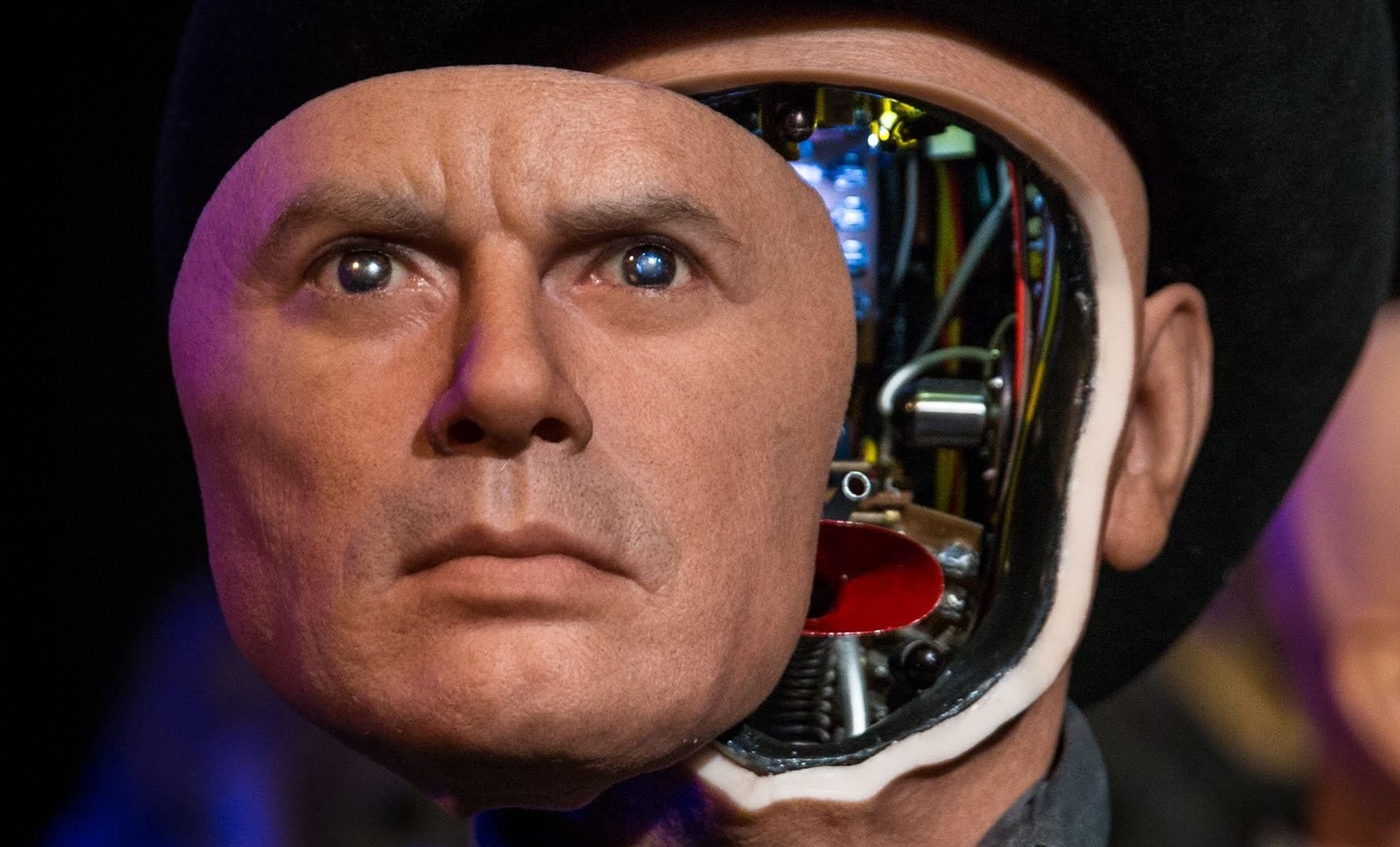Page 10644
Dec 2, 2016
Despite what’s going on in Westworld, Neil deGrasse Tyson says we shouldn’t worry about killer robots
Posted by Shailesh Prasad in category: robotics/AI

I built the thing. I can UNBUILD the thing.
“Our machines have been killing us ever since we’ve ever had machines.”
Dec 2, 2016
This sperm test via smartphone proves there’s an app for everything
Posted by Shane Hinshaw in categories: biotech/medical, mobile phones
Lmao.
Fertility clinics probably aren’t the most comfortable places to “extract” sperm. I haven’t had the pleasure, but being handed a receptacle and led into a room with visual aids and hearing that door close behind you has to be a bit awkward. More awkward is the thought that everyone outside this room knows the dirty things I’m about to do to this cup in the name of science.
A new product, ‘YO Sperm Test,’ lets you skip all that. The at-home test kit uses a mini-microscope that clips on to your smartphone and allows you to not only test your sperm’s motility — the rate at which they move — and the count, but to view your little swimmers on the screen of your smart device.
Continue reading “This sperm test via smartphone proves there’s an app for everything” »
The effort to unify quantum mechanics and general relativity means reconciling totally different notions of time.
Dec 2, 2016
Scientists have finally figured out why astronauts lose their vision while in space
Posted by Jeremy Lichtman in categories: neuroscience, space
Radiologists have finally figured out why astronauts who spend a lot of time in space get impaired vision.
The problem, called visual impairment intracranial pressure (VIIP) syndrome, has been reported in two-thirds of astronauts who go up to the International Space Station.
And according to a new study from researchers at the University of Miami — reported Monday at the Radiological Society of North America’s annual conference — those changes to the eye have everything to do with changes in the fluid that surrounds the brain and spinal cord.
Dec 2, 2016
How to end aging: Aubrey de Grey at TEDxOxbridge
Posted by Steve Hill in categories: biotech/medical, life extension
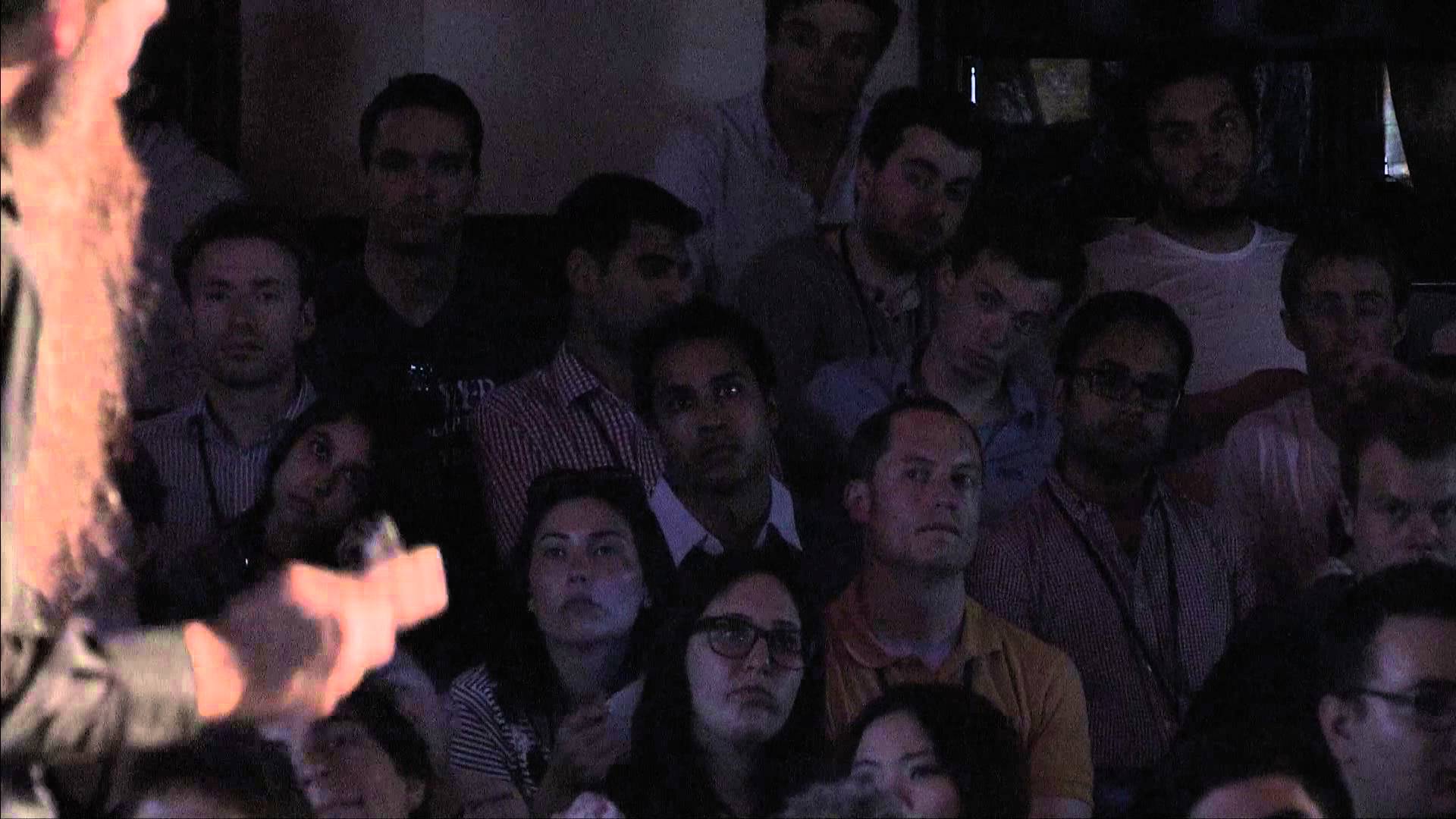
The weekend is here so let’s kick it off with a great talk by Dr. Aubrey de Grey at TED in 2014.
Biotechnologist Aubrey de Grey talks about aging as a disease — and how it can be cured.
Continue reading “How to end aging: Aubrey de Grey at TEDxOxbridge” »
Dec 2, 2016
Glenn Cohen: How Ethical Is It to Engineer Human-Animal Hybrids?
Posted by Shane Hinshaw in categories: bioengineering, cyborgs, genetics
Harvard bioethics specialist Glenn Cohen considers the complex question of whether humans should mix their genetic material with other animals to create chimeras.
Dec 2, 2016
The Neuroscientist Who’s Building a Better Memory for Humans
Posted by Klaus Baldauf in categories: bioengineering, biotech/medical, cyborgs, neuroscience
In an epidsode of the dystopian near-future series, Black Mirror, a small, implantable device behind the ear grants the ability to remember, access, and replay every moment of your life in perfect detail, like a movie right before your eyes.
Theodore Berger, a biomedical engineer at the University of Southern California, can’t promise that level of perfect recall—perhaps for the better—but he is working on a memory prosthesis. The device, surgically implanted directly into the brain, mimics the function of a structure called the hippocampus by electrically stimulating the brain in a particular way to form memories—at least in rats and monkeys. And now, he’s testing one that could work in humans.
Berger’s device hinges on a theory about how the hippocampus transforms short-term memories, like where you deposited your keys, into long-term memories—so you can find them later. In his early experiments, he played a tone and then puffed air in a rabbit’s face, causing it to blink. Eventually, just playing the tone would make the rabbit blink, just like Pavlov’s famous salivating dogs. Berger recorded the hippocampus’ activity with electrodes, and as the rabbits learned to associate the tone with the air puff, patterns in those signals changed in a predictable way.
Continue reading “The Neuroscientist Who’s Building a Better Memory for Humans” »
Dec 1, 2016
A.I. Can Teach Itself to Recognize Faces Now
Posted by Shane Hinshaw in categories: biological, information science, mathematics, robotics/AI
The goal of roboticists has long been to make A.I. as efficient as the human brain, and researchers at the Massachusetts Institute of Technology just brought them one step closer.
In a recent paper, published in the journal Biology, scientists were able to successfully train a neural network to recognize faces at different angles by feeding it a set of different orientations for several face templates. Although this only initially gave the neural network the ability to roughly reach invariance — the ability to process data regardless of form — over time, the network taught itself to achieve full “mirror symmetry. Through mathematical algorithms, the neural network was able to mimic the human brain’s ability to understand objects are the same despite orientation or rotation.

Continue reading “A.I. Can Teach Itself to Recognize Faces Now” »


